Join Louisiana Simple Living as I discuss 9 of my favorite seeds to sow in August in Zone 9A. Who says Spring is the only time to Garden? Are you going to have a Fall garden? I say yes, you really should grow a Fall garden as it provides some different and delicious types of vegetables that you can’t start in the Spring. Let’s talk about 9 of my favorite types of plants to sow in the backyard garden during the month of August.
I will discuss my 9 favorite types of plants to sow, as well as a specific favorites or new seed that I want to try. Variety is a huge part of my fun and satisfaction in the backyard organic raised bed garden. I’m showing you some seed packets but this is nowhere near how many I actually have, LOL!
1: Beans, Anasazi (pole)
My highlighted bean variety is the Anasazi. It is a pole bean meaning that it vines so will need a trellis to support it growing vertically. Anasazi Beans were one of the main crops cultivated by the Anasazi. They were found in the ruins by settlers to the four corners area in the early 1900’s. Presently they are grown at 7,000 ft. elevation on the same land the Anasazi inhabited. I love the histories behind these heirloom seeds.
With beans, we want to plant them 1” deep, and space about 4 – 6” apart. They should sprout in about 8 – 16 days. Harvest time is usually around 60 – 65 days.
As a reminder, pole beans need a trellis or other structure to allow the bean vine to grow vertically.
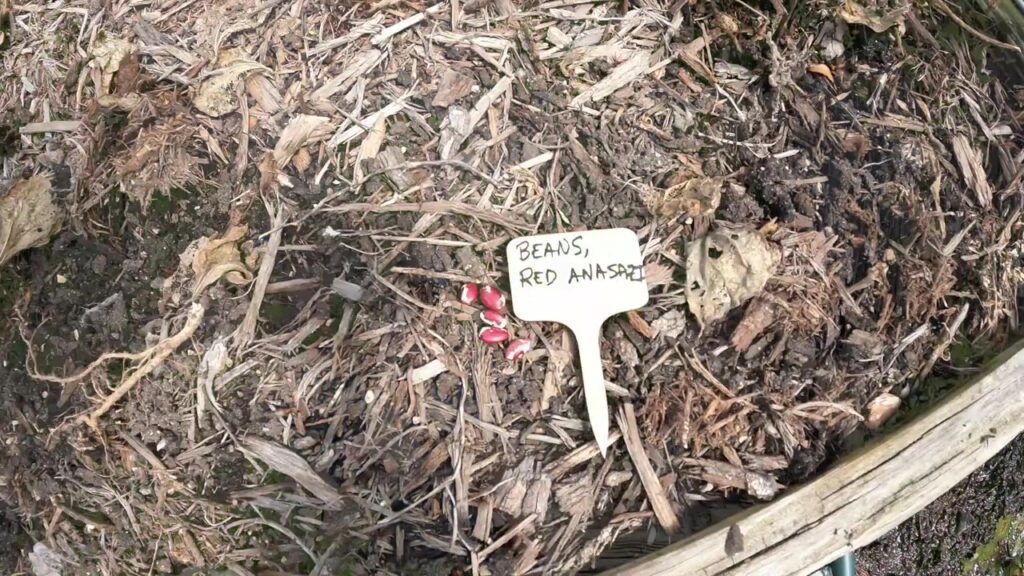
I also sowed some Alabama Black-eyed Butter Bean and some Michel’s Cowpea.
2: Broccoli, Romanesco
Broccoli is a brassica that we like to grow in Zone 9A. I’ve had differing success with getting huge heads of broccoli but even if not huge, they sure are tasty!
My focus broccoli is the Romanesco Broccoli and is a head of broccoli like you’ve never seen. They contain fractals which are figures comprised of parts with the same visual and statistical characteristics as their whole. In other words, each floret of a Romanesco is a smaller version of the larger spine on which it grows. Romanesco Broccoli didn’t arrive in the U.S. until the beginning of the 20th century, but it is thought to have originated in the Lazio region of Italy as early as the 15th century. Rome, from which the plant gets its name, is the capital of Lazio.
With broccoli seeds, we plant them 1/8” deep, spaced about 18 – 24” apart. The seeds should sprout in 7 –10 days. Harvest time is usually around 70 – 90 days.
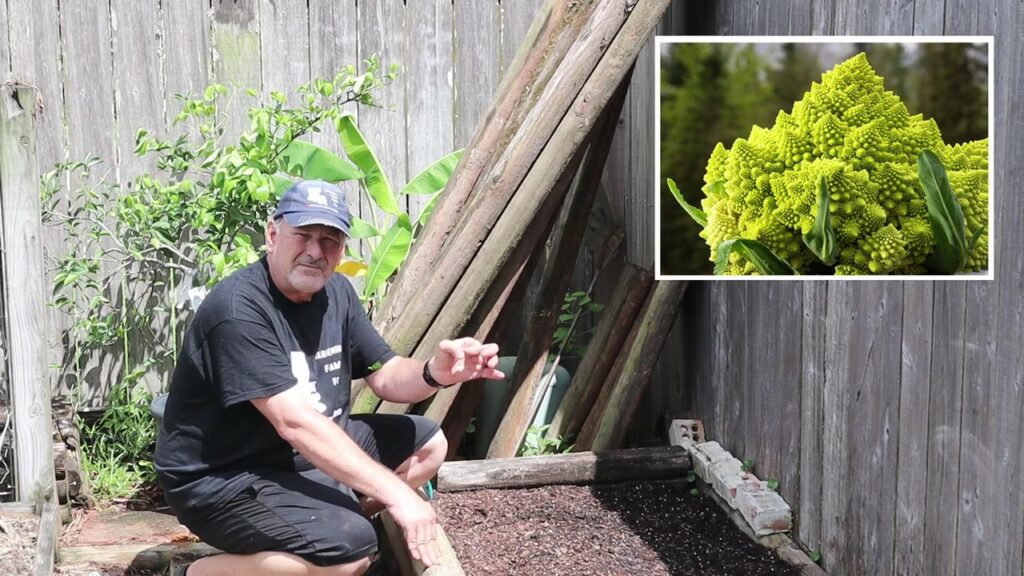
If you look here, I also sowed a few Waltham 29 broccoli seeds.
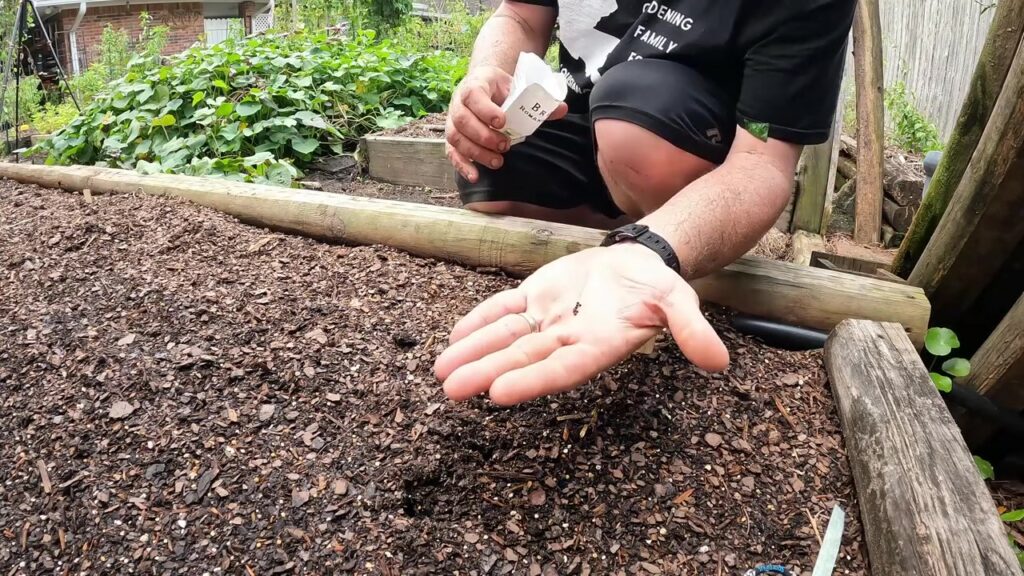
3: Cabbage, Kalibos
I so much look forward to my cabbage harvest. Erin likes to make Cole slaw with cabbage. But, my favorite is to smother them down with a little broth, tasso and andouille (types of smoked meat in Louisiana).
So, one of the cabbages I’m going to sow is the purple Kalibos cabbage. Kalibos cabbage is an heirloom variety of Brassica from what is now Belarus, which lies between Poland and Russia in Eastern Europe. Kalibos cabbage is far more common in Europe and not often seen outside of home gardens or small farms in the United States. They make a smaller head than some cabbage which I really like.
With cabbage seeds, we plant them 1/8” deep, and space about 16 – 24” apart. The seeds should sprout in 7 –10 days. Harvest time is usually around 65 – 75 days.
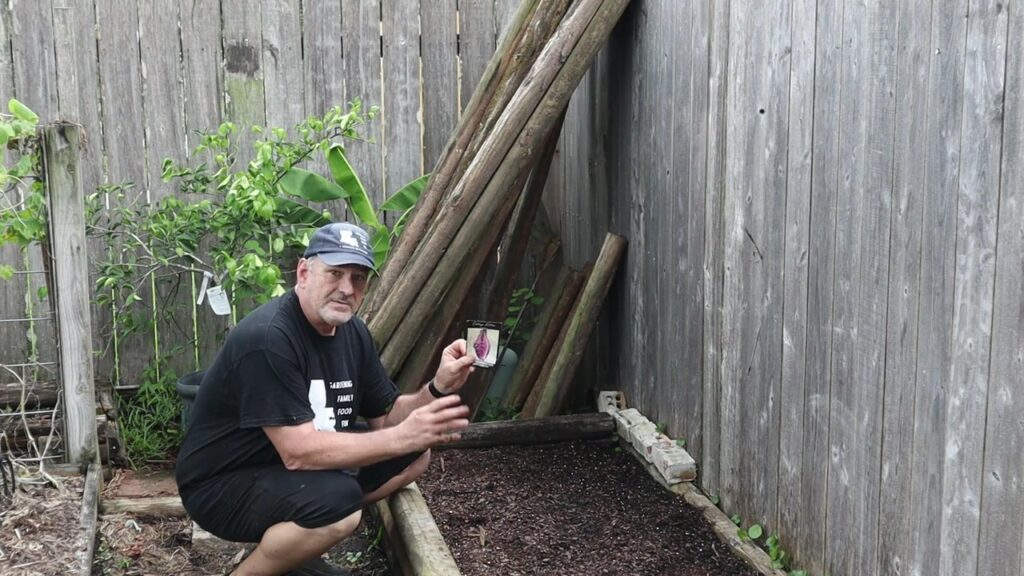
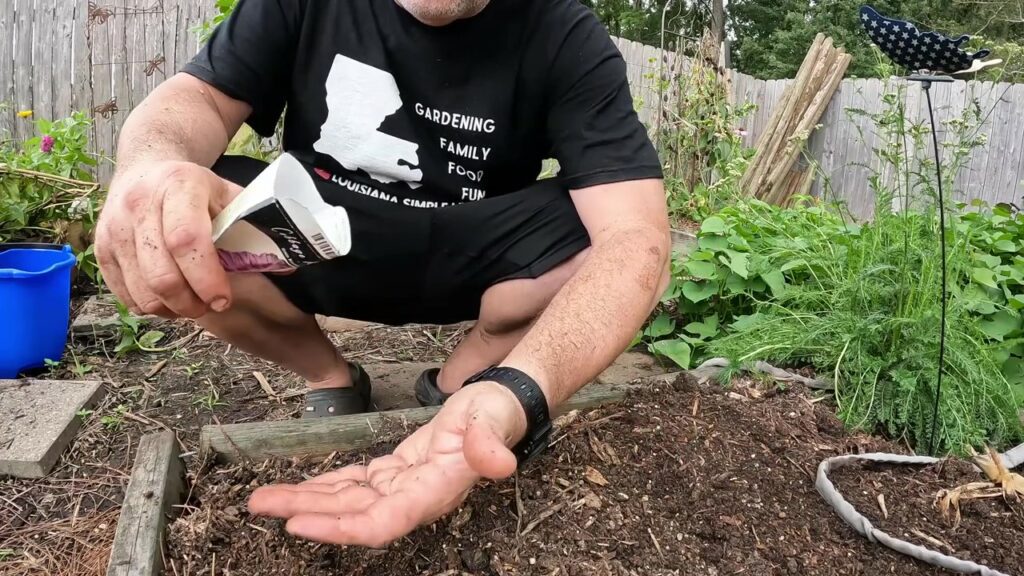
I also sowed a few Early Jersey Wakefield and Cour di Bue cabbages seed as well.
4: Cauliflower, Purple of Sicily
Another brassica that is a great fresh vegetable is the cauliflower. The Purple of Sicily Cauliflower is one that I like to grow. The pigmented cultivar was developed through years of traditional crossbreeding between heirloom varieties and natural mutations discovered in fields. It is important to note that Purple cauliflower is not genetically modified and gets its purple coloring from anthocyanin, a naturally occurring phytochemical commonly found in fruits and vegetables. Each purple cauliflower variety exhibits different shades of purple, and the amount of sunlight the heads receive during cultivation also directly affect the strength of the purple pigments.
With Cauliflower seeds, we plant them 1/8” deep, and spaced about 18 – 24” apart. The seeds should sprout in 7 –10 days. Harvest time is usually around 55 – 65 days.
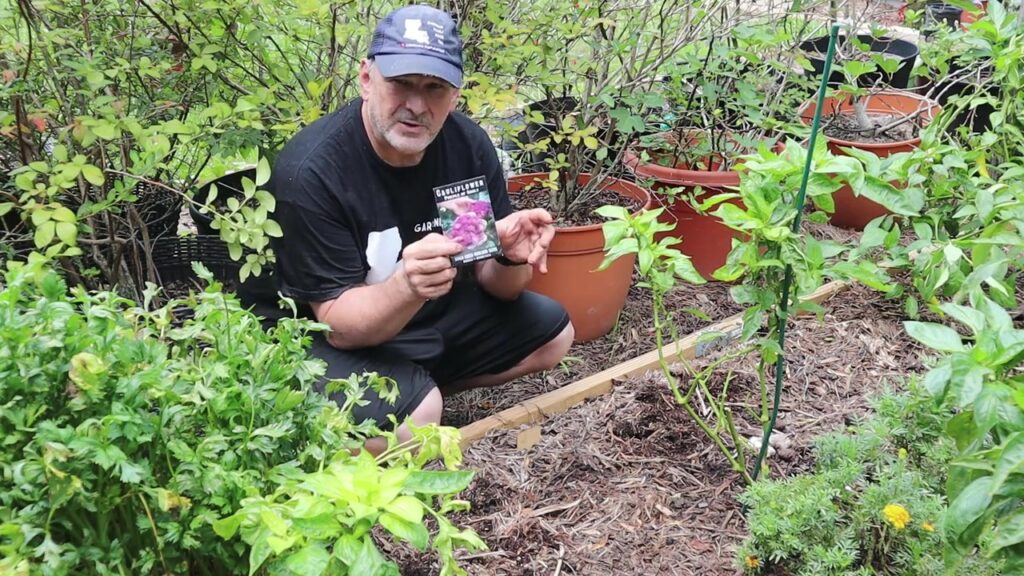
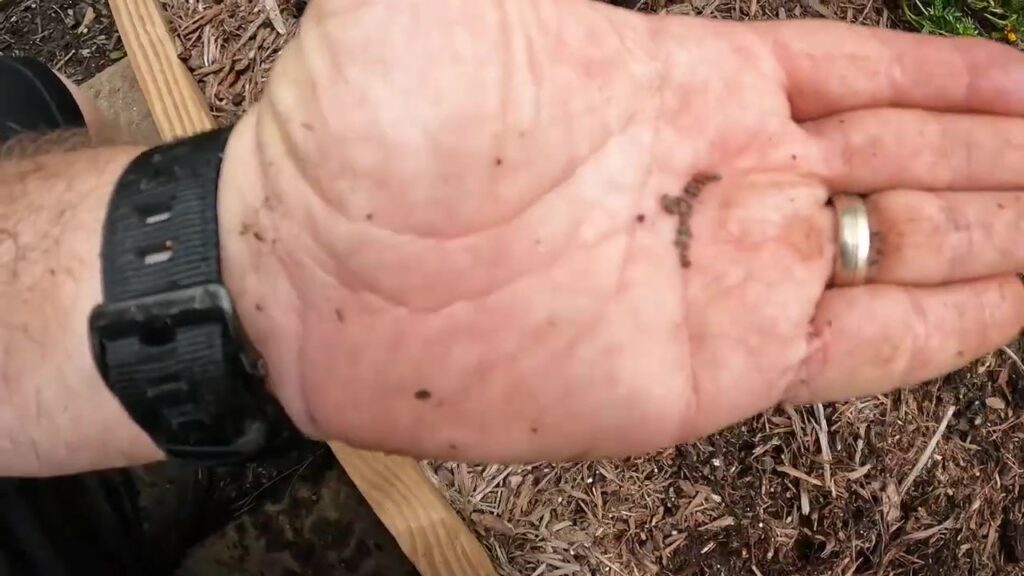
5: Collard Greens, Georgia Southern
A stable in any Southern kitchen is Georgia Southern Collard Greens. They date back to prehistoric times and are also known as tree cabbage or non-heading cabbage. They originated in the Greek isles in the Mediterranean
How were collard greens introduced to America? Greens originated near Greece, but it wasn’t until the first Africans arrived in Jamestown, Virginia in the early 1600s that America got its first taste of the dark green, leafy vegetable. The traditional way to prepare them is to cook them down into a thin, delicious gravy. The gravy is quite nutritious and delicious, and contributes to the comfort-food aspect of the dish.
With Collard green seeds, we plant them 1/8” deep, and spaced about 6 – – 12” apart. The seeds should sprout in 6 –12 days. Harvest time is usually around 75 days, but like most greens, you can harvest a bit earlier for smaller less mature leaves.
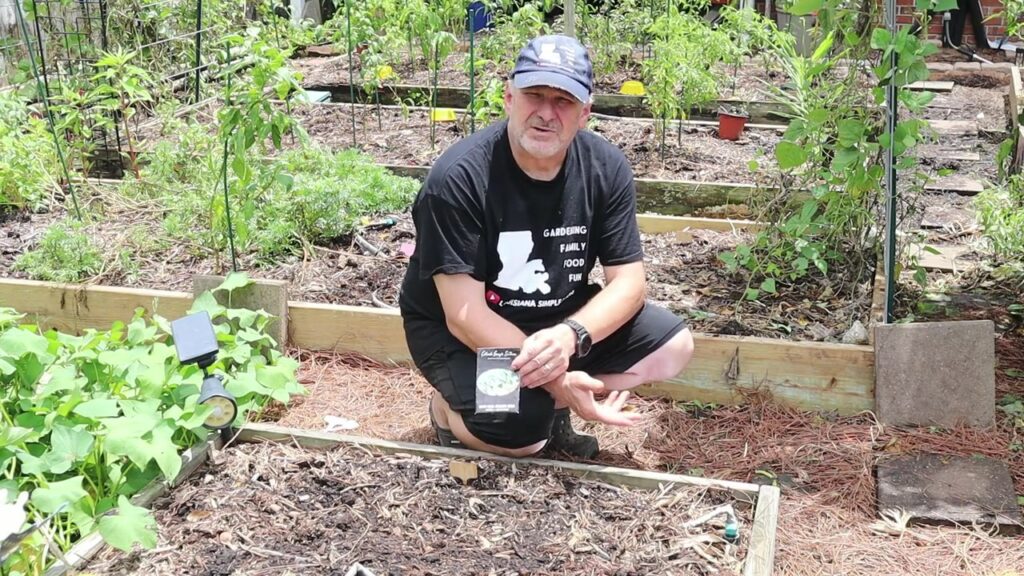
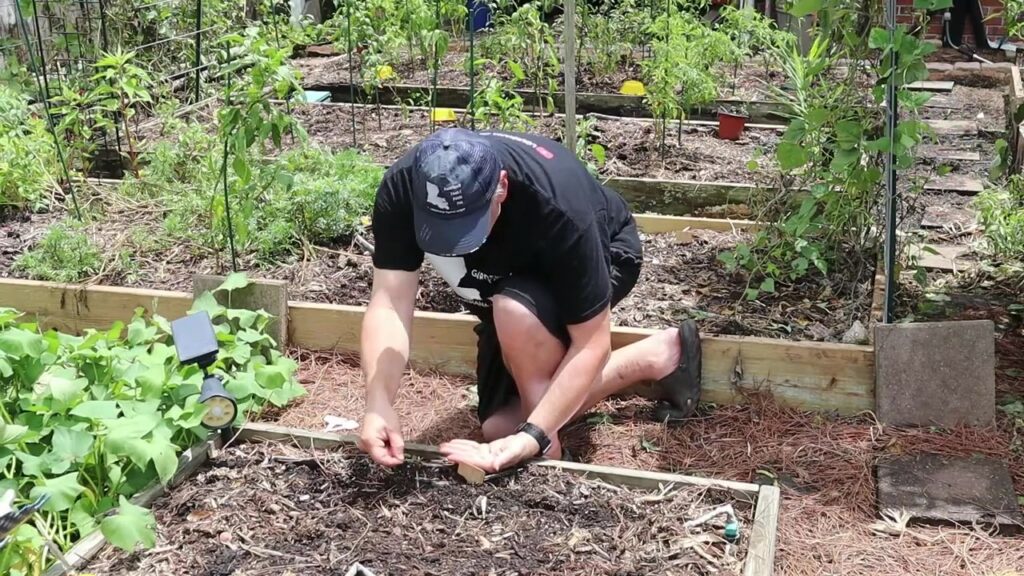
6: Asian Greens, Mizuna 605 Summer
One type of vegetable I love to grow is Asian Greens. This is a collection of many types of greens including Chinese Cabbage, Bok choy, Mizuna, among many others. One type that I will sow is the Mizuna 605 Summer variety. A taste of Kyoto’s culinary heritage, this heat tolerant Mizuna variety was originally bred to withstand the heat and intense humidity of Japan’s interior and should be good for our Zone 9A environment.
Summer Mizuna is incredibly bolt resistant, even in the face of punishing heat and moisture, which we have here in abundance in Zone 9A. We’ll have to see about that, LOL! Mizuna is suitable for several harvests and can be eaten at all stages. This variety is traditionally sown for high summer harvest, when the juicy, watery stems make the most refreshing mid-day snack. It is a great snack to help keep hydrated while working in the garden.
The specs for sowing ranges a good bit when looking at all the Asian greens. For Mizuna 605 Summer seeds, we plant them 1/4” deep, and spaced about 6” apart. The seeds should sprout in 5 –8 days. Harvest time is usually around 40 days.
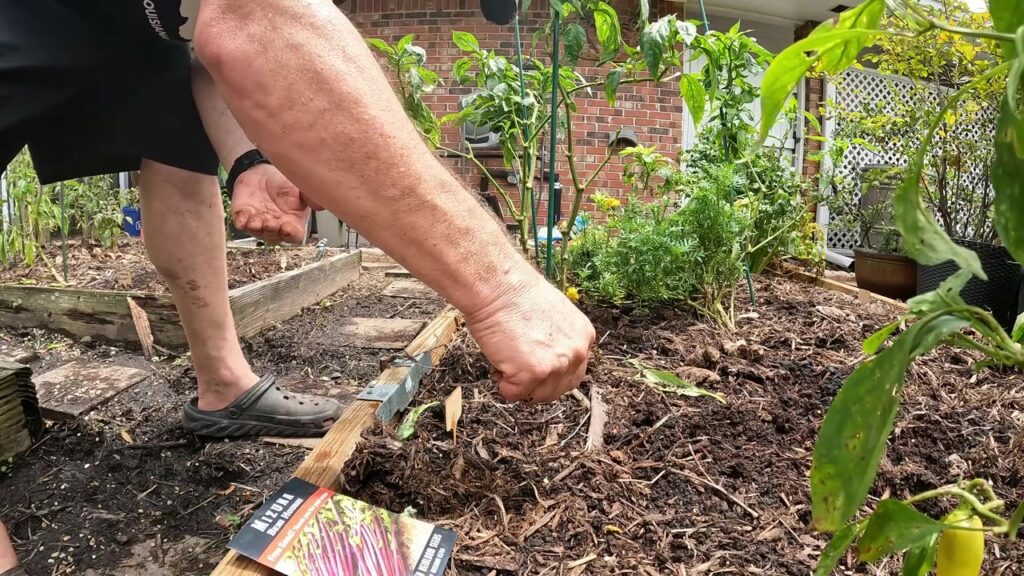
I also sowed some other Asian Greens including Hilton Chinese Cabbage and 2 varieties of Bok Choy.
7: Okra, Louisiana 16-inch Long Pod
Another stable in any Southern kitchen is Okra. Now, some like it in gumbo while others like it fried. I pretty much like it any way I can get it. I’m going to sow a couple of types but one I want to start with is the Louisiana 16-inch pod okra. These large branching plants produce huge yields of truly giant, up to 16″ long pods. Pods tend to stay tender longer than most but should still be picked young. This variety has been acclimated to the warmer southern climate throughout the years making it a regionally adapted, reliable, heirloom seed.
With Okra seeds, we plant them 1/2” deep, and spaced about 18” apart. The seeds should sprout in 7 – 10 days. Harvest time is usually around 60 days.
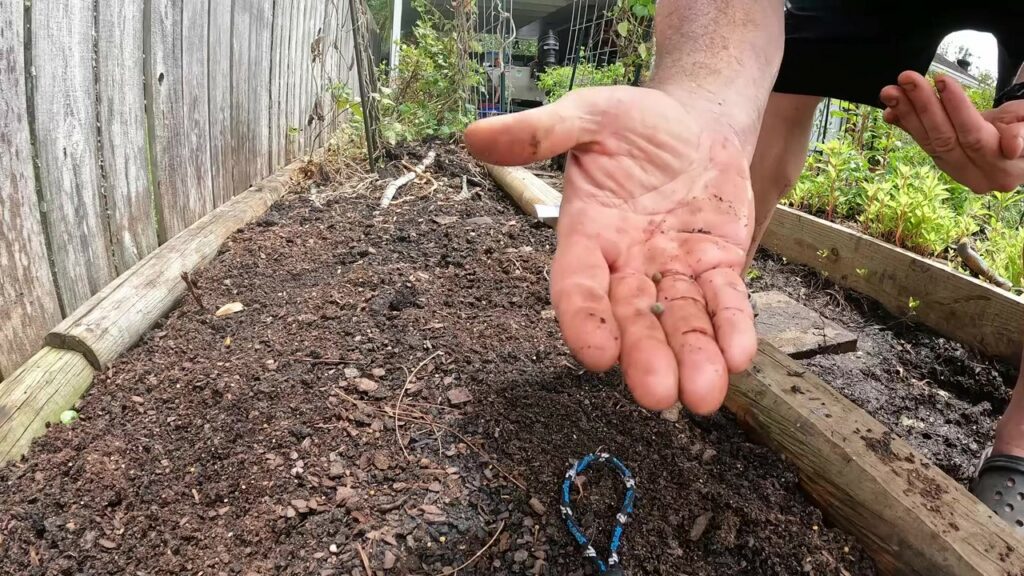
I also planted a few Jing Orange and Alabama Red okra.
8: Radish, Rat’s Tail, Singara
Radishes are something that we often user as a substitute for potatoes when you are on a low carb diet. I’m sowing an interesting and non-traditional radish called the Rat’s Tail, Singara. Instead of edible roots, this interesting radish of prehistoric origin is grown for the abundant, slender seed pods that grow above ground on the leafy, 2’–5′ plants. The botanical name translates as, “radish with a tail”, and it is also called aerial radish. The pods are crisp and tender with a more subtle spiciness than a typical root radish. It is supposed to be delicious pickled and in curries and stir-fry dishes. I think that’s worth a try!! Plants continue to produce even in hot weather, making them a good summer replacement for cool-weather root radishes.
These seeds should be planted 1/8” deep, and spaced about 8” apart. The seeds should sprout in 4- 10 days. Harvest time is usually around 22 – 30 days.
As you can see, I also sowed some White Hailstone radishes as well.
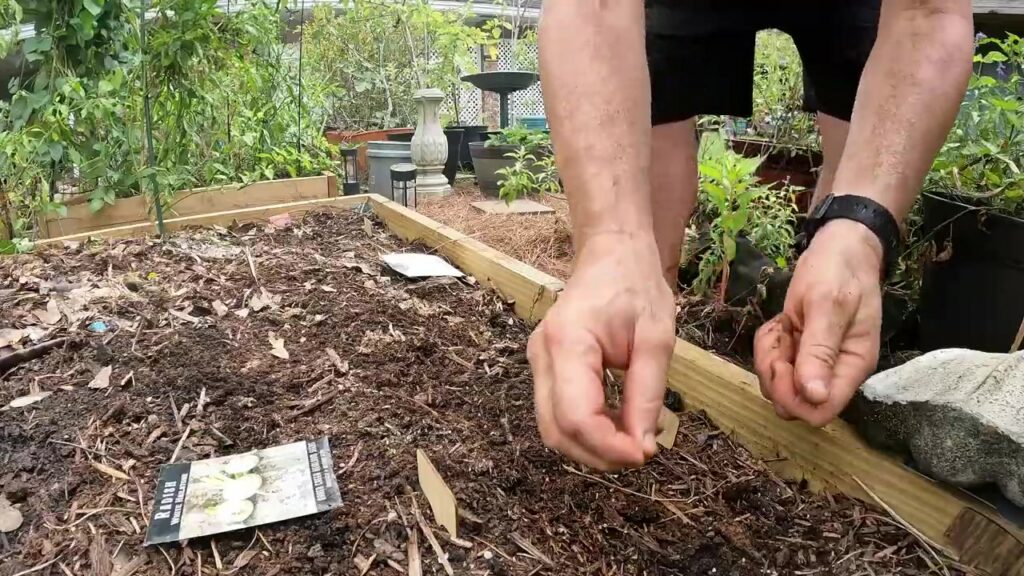
9: Spinach, Perpetual (Swiss Chard)
I’ve planted various Spinach varieties in my backyard garden. One that I planted last year, and grew well, is the Perpetual Spinach. It is actually a type of Swish Chard but tastes like Spinach. Perpetual Spinach is a traditional, open-pollinated silver beet variety originated from England. It was listed in seed catalogs for sale from the 1800’s onwards but was commonly grown by English gardeners before this time.
They should be planted 1/2” deep, and spaced about 6” apart. The seeds should sprout in 14- 21 days. Perpetual Spinach leaves can be harvested as soon as they are large enough to pick. Perpetual Spinach will start to produce good quantities of leaves 7 to 8 weeks after sowing. Harvest leaves young for best flavor.
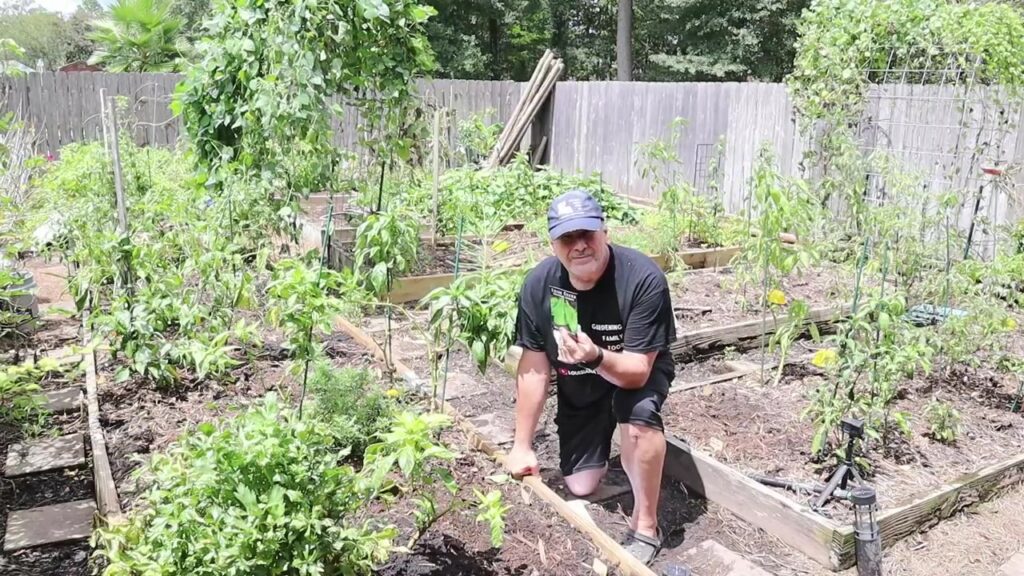
I also sowed some Bloomsdale and Chinese Multi-color spinach as well.
Watering your Seeds for Germination
It’s absolutely critical to go ahead and water your seeds in. In fact, you will need to keep your seeds wet from here on out until germination. If not, the seeds will stop germinating if water is not present, especially if it starts to sprout, and then you stop watering it. Even a day without being wet may lead to the seed to fail germination.
Again, even though our tomatoes are not producing in the summer heat wave we are in, we can start planting some vegetables for the Fall or Winter harvest now. Now is the time to do so!!!
If you like this content, check out Summer Garden Harvest and Maintenance. To check out the YouTube versions of this, click on the following:
There are a number of other Fall Garden videos on Louisiana Simple Living that is slap dab full of knowledge and information to help you out in the Fall and Winter garden in Zone 9A.
Leave a Reply